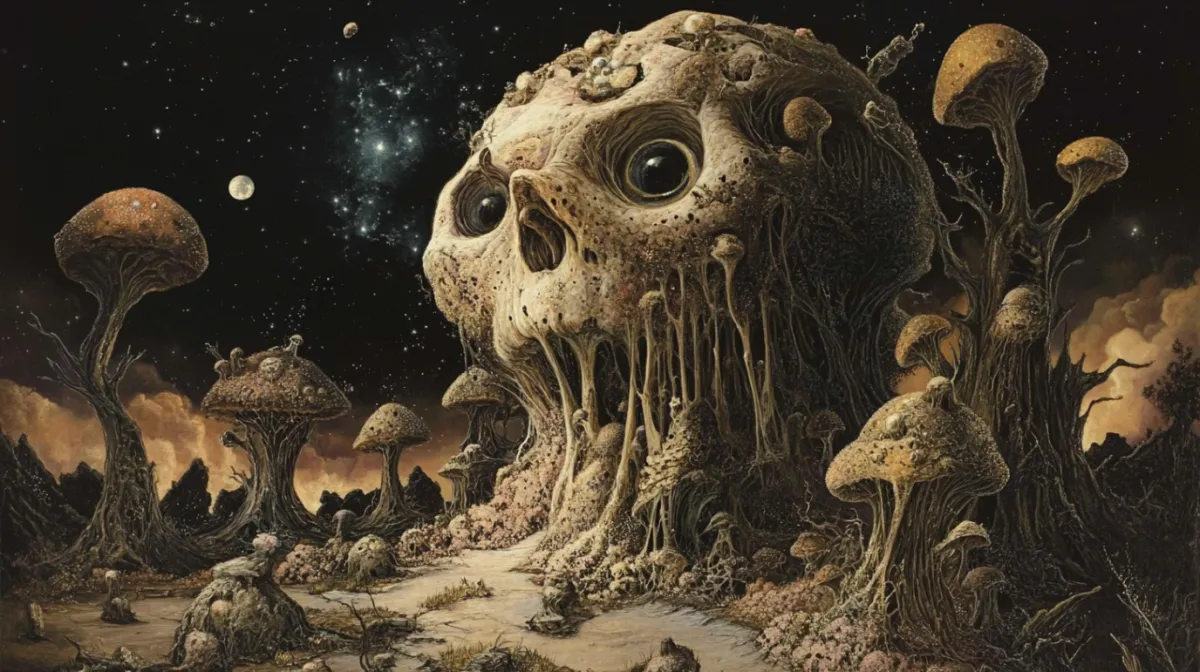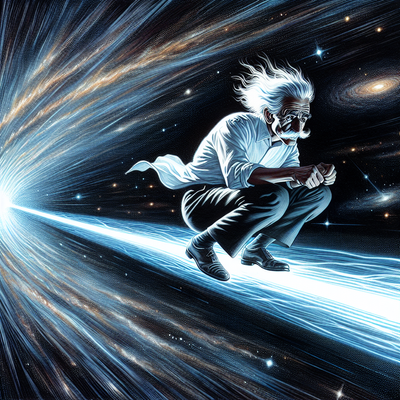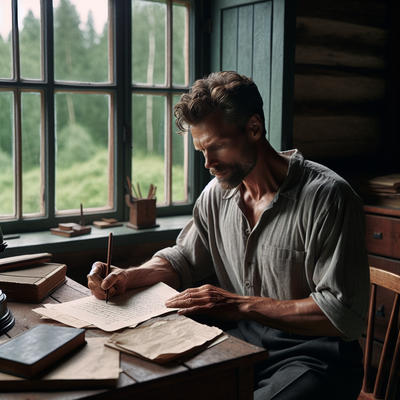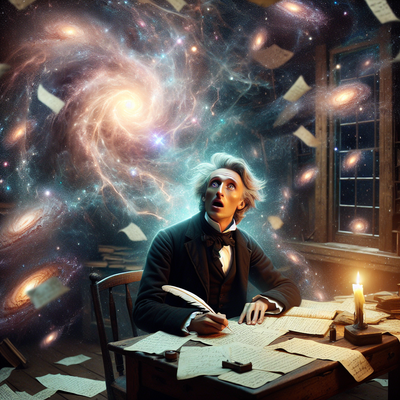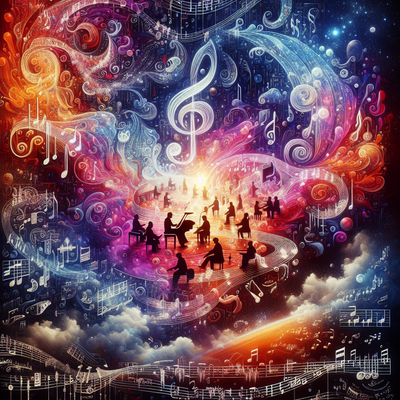What the Hell were... the Dark Ages?
Imagine a period in European history that kicked off around the 5th century and dragged on until the 15th century, often labeled as a time of stagnation and ignorance. This era followed the fall of the Western Roman Empire and is typically characterized by a decline in cultural and economic activity—hence the name “Dark Ages.”
But let’s be real: calling it “dark” is a bit of an oversimplification. Sure, there were plagues, invasions, and a lot of political chaos, but it wasn’t all doom and gloom. Think of it as Europe’s version of a long intermission before the Renaissance took center stage.
During this time, the Roman infrastructure crumbled, leading to a more localized and agrarian society. People weren’t running around with togas anymore; they were busy farming and trying to fend off Viking raids. Knowledge from ancient Rome and Greece wasn’t exactly thriving either—many classical texts were lost or forgotten, and literacy rates plummeted. Monasteries became the keepers of knowledge, where monks painstakingly copied manuscripts, preserving some of the wisdom of the past.
However, it wasn’t all bad. The Dark Ages saw the rise of feudalism, which provided a social structure amidst the chaos. Lords, vassals, and serfs all had roles to play, and while it was a bit of a messy hierarchy, it offered some stability. Plus, Christianity spread like wildfire, shaping culture, art, and philosophy in ways that would influence Europe for centuries.
By the time we hit the 11th century, things began to change. The seeds of revival were planted—trade routes reopened, towns started to flourish, and universities began to emerge. It was as if the lights were slowly flickering back on, paving the way for the Renaissance and the Enlightenment.
So, while the Dark Ages might sound like a period of unending gloom, it was a complex time with its own unique developments. It set the stage for the explosive creativity and intellectual growth that would follow. In short, it was less about total darkness and more about a world in transition, waiting for its moment to shine again.
For my articles in this series, visit or bookmark the following;
Brent Antonson: Where Extraordinary Recall Sparks Insight.



